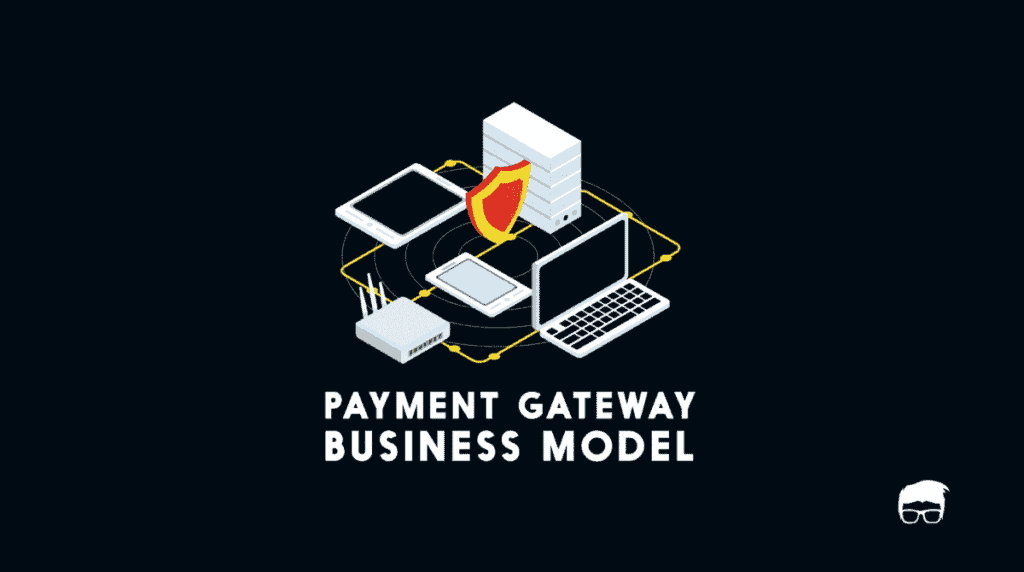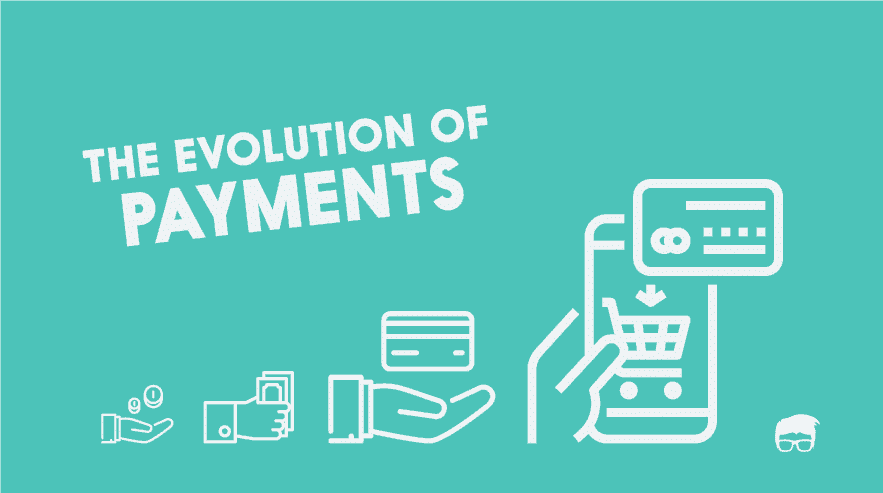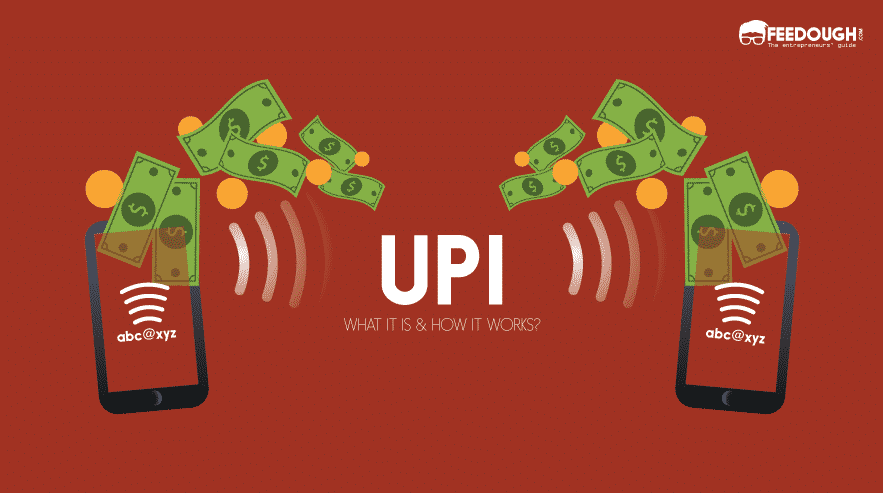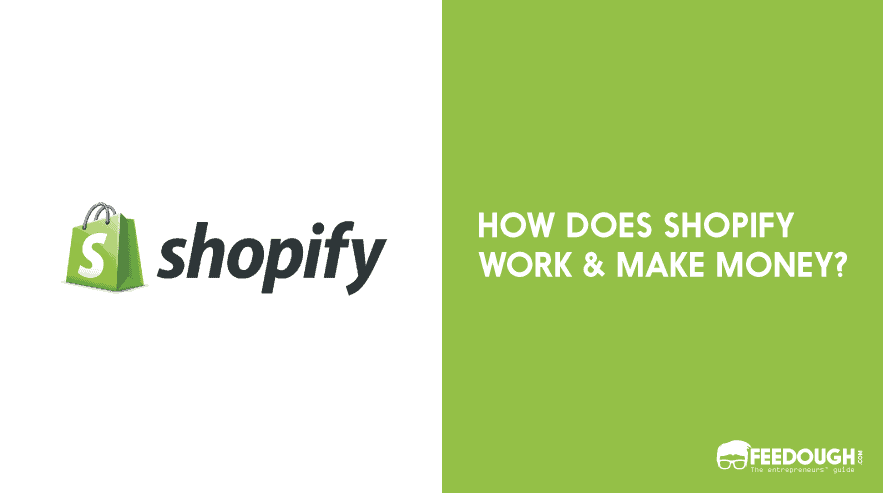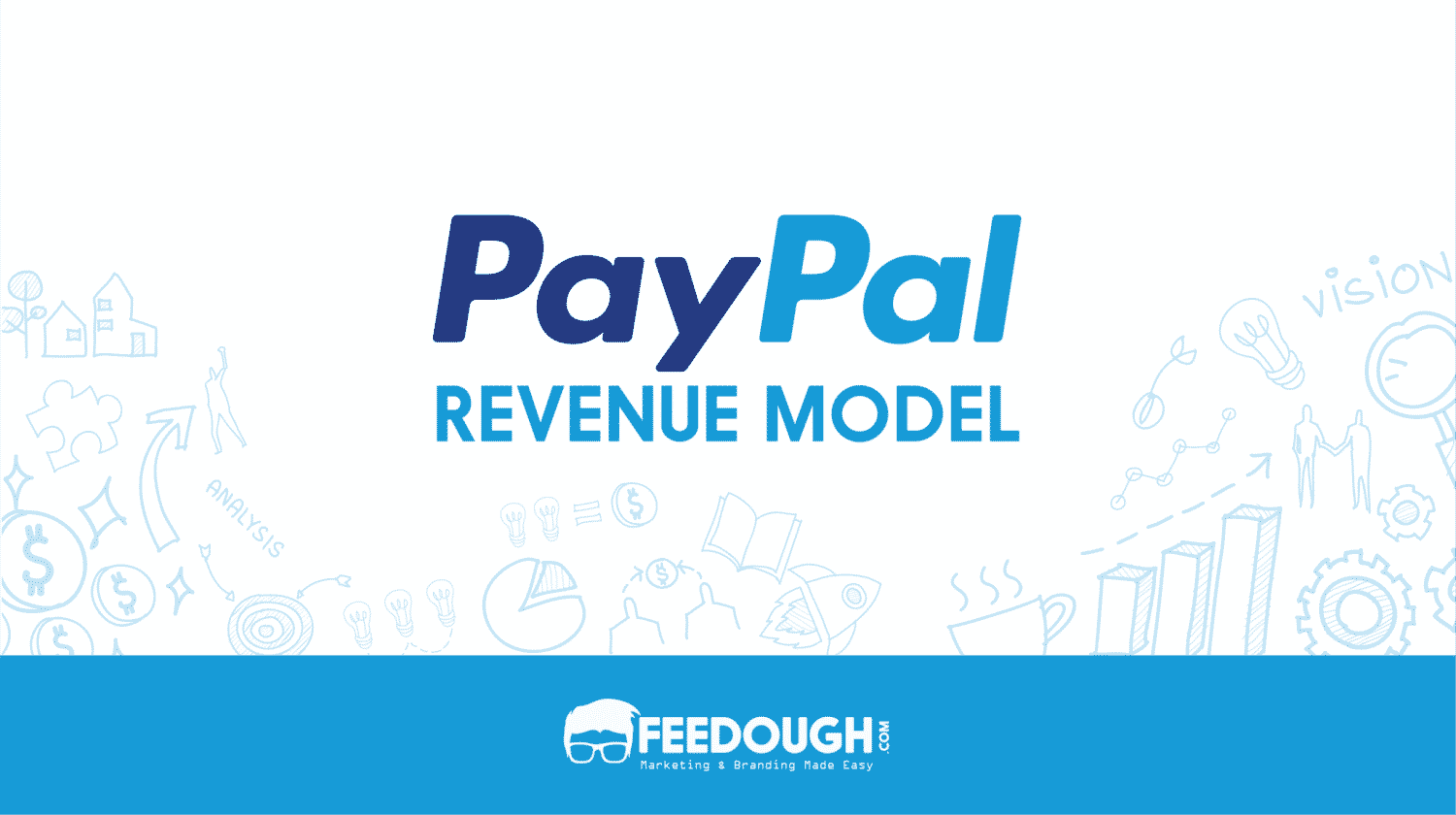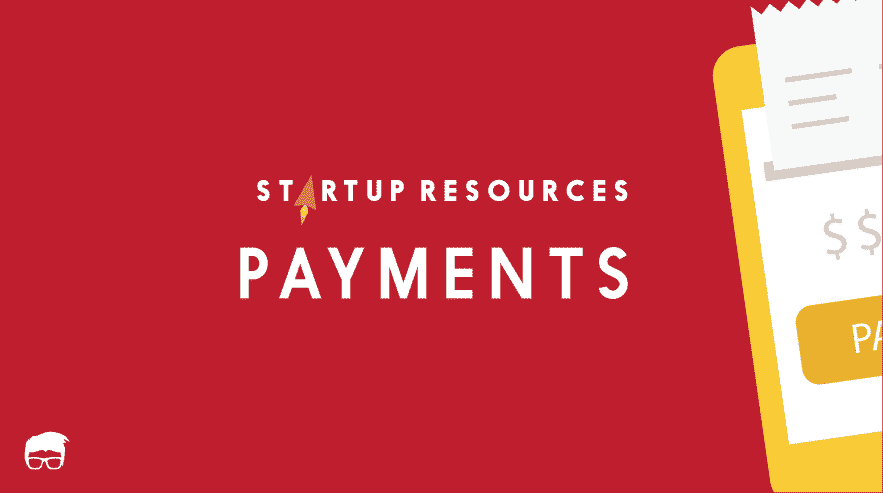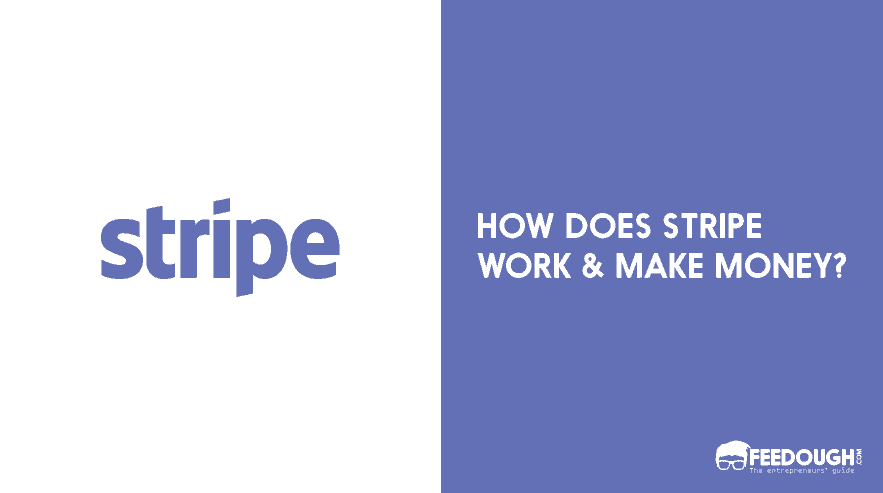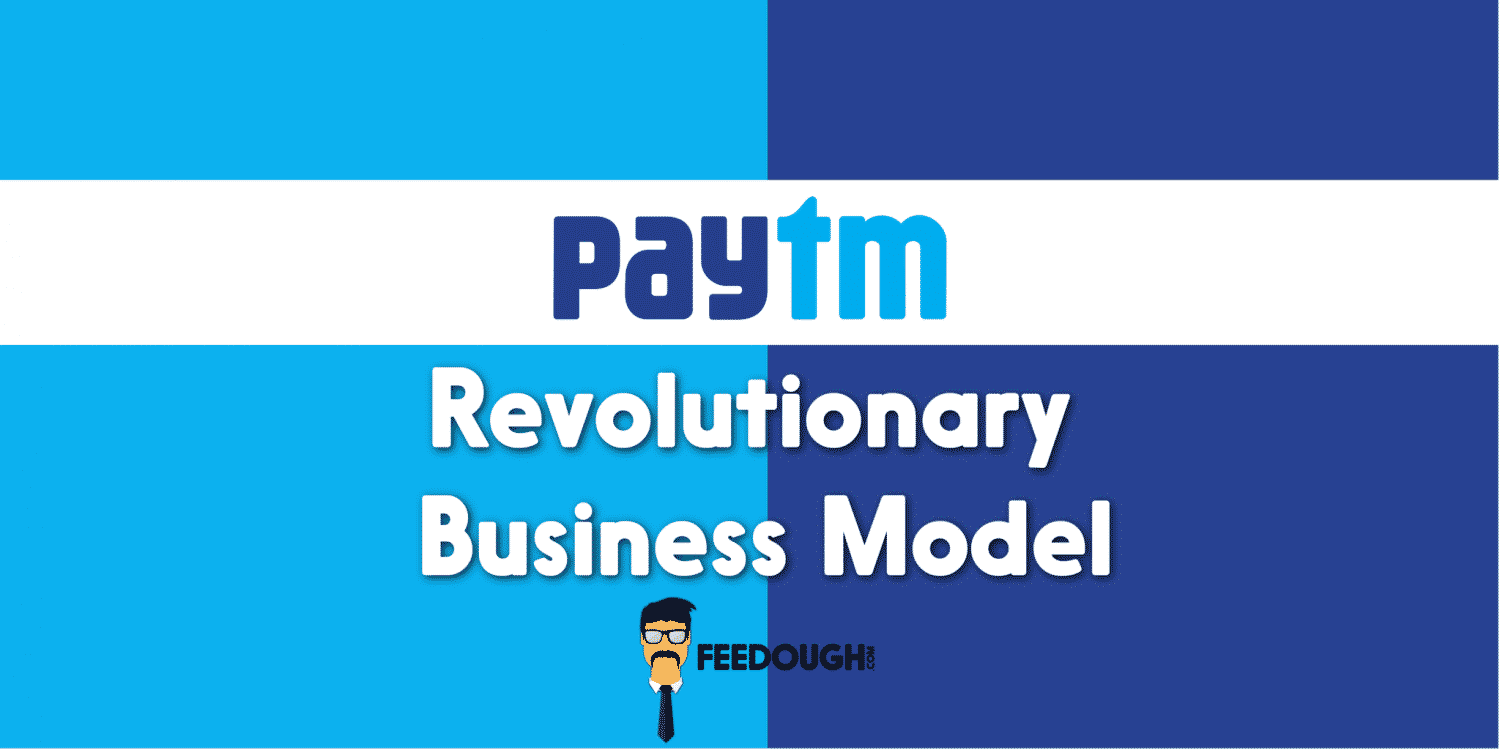By the end of 2018, the total e-commerce sales worldwide are expected to touch USD 2.8 trillion. This number is projected to go up to USD 4.8 trillion by 2021. Given this rapid proliferation in digital shopping across the world, it becomes imperative for both new and existing e-commerce businesses to provide efficient and secure payment facilities to their customers. Payment gateways stand out as a fast and easy way for transaction information to pass from a payment portal to the acquiring bank. Before delving into the payment gateway business model, it would be useful to understand what exactly a payment gateway is.
What Is A Payment Gateway?
A payment gateway is an e-commerce service that authorizes credit card or direct payments processing for online businesses, bricks and clicks, or traditional brick and mortar sellers. It is essentially the virtual equivalent of the point-of-sale terminals at physical stores.
In simple terms: A payment gateway is a service that sends credit card or direct payments information from a front-end portal (website, mobile application, etc.) to the banks’ payment networks for processing and authorization, and returns the transaction details and responses from the payment networks back to the front end.
The payment gateway may be provided by a bank to its customers, or by a specialized financial service provider as a separate service, such as a payment service provider (popular ones include PayPal, CCAvenue, Amazon Payments, Paytm, and PayU). It ensures that money is transferred seamlessly and securely from the customer’s account to the merchant’s.
How Does A Payment Gateway Work?
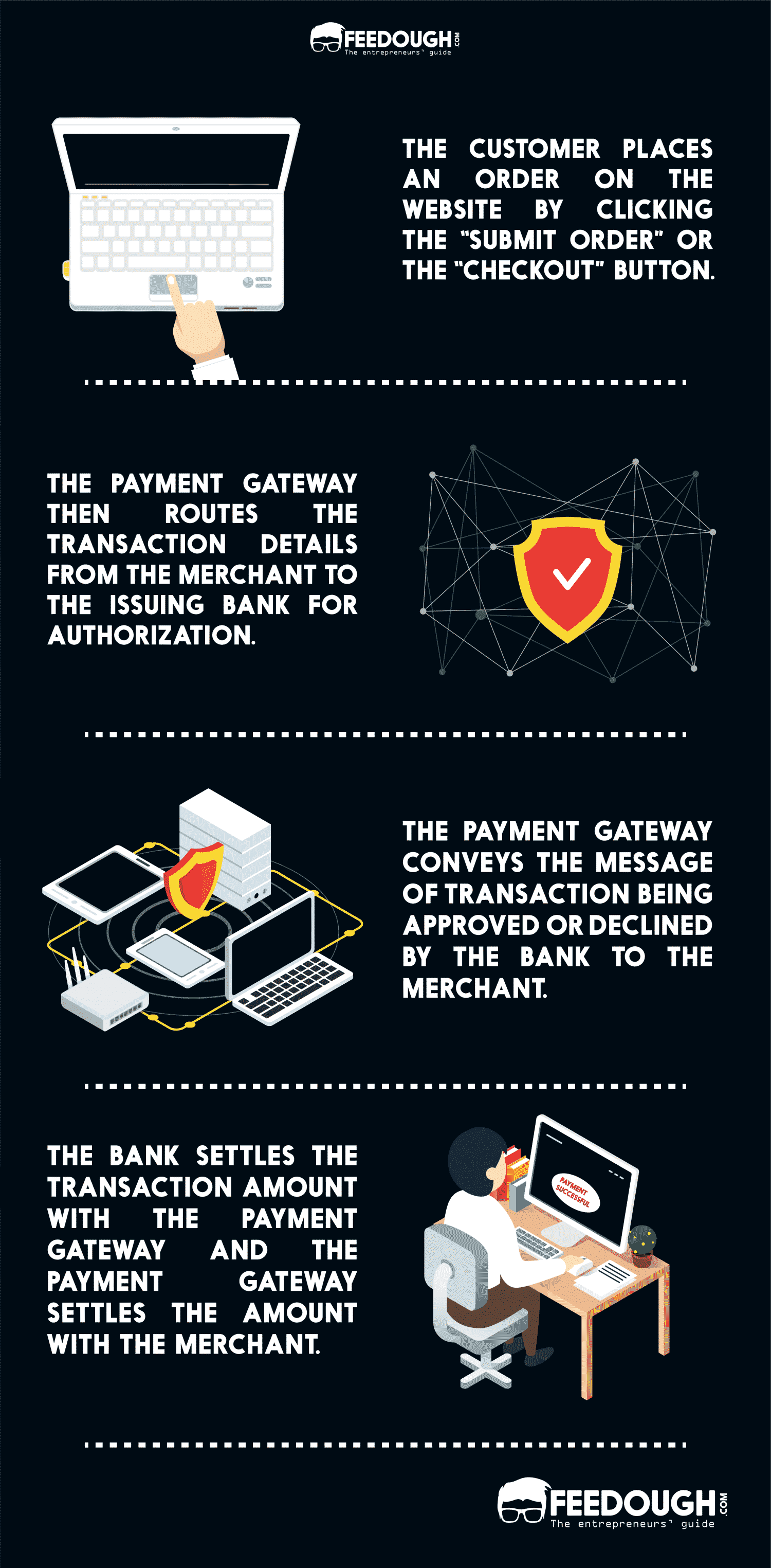
The basic method by which a payment gateway works can be outlined as follows:
- The process begins when a customer places an order on the website by clicking the “Submit Order” or “Checkout” button.
- The merchant securely sends the details of that customer’s transaction to the payment gateway. This is commonly done via SSL (Secure Socket Layer) encryption. The payment gateway then routes the transaction to the issuing bank for authorization.
- Once the transaction has been authenticated, it is approved or declined (based on the funds available in the customer’s account) by the issuing bank. The payment gateway then conveys this message to the merchant.
- The bank settles the transaction amount with the payment gateway and the payment gateway settles the amount with the merchant.
How Does A Payment Gateway Make Money?
Equipped with this understanding of how payment gateways function, we can now examine their sources of revenue.
- Transaction Discounting Rate (TDR) – Every transaction that is successfully routed through the payment gateway infrastructure is charged with a transaction processing fee known as the Transaction Discounting Rate, or TDR, expressed as a percentage of the transaction value. The TDR differs based on the mode of payment selected by the customer, such as credit/debit card, Internet banking, digital wallets like Paypal, or prepaid wallets like Paytm and Amazon Pay. Some payment gateways offer a model where a fixed monthly fee is charged apart from the TDR – however, the TDR is lower in this case. This model is suitable for businesses with higher volumes of transactions. Other payment gateway models involve no fixed rates but a high TDR.
- Charges on international transactions – Many payment gateways charge a higher TDR for transactions involving multiple currencies.
- Maintenance and support costs – Businesses that open accounts with payment gateways are charged annual maintenance costs as well as fees for technical support.
- Setup fees – Setting up a payment gateway account often involves a setup fee that varies from gateway to gateway.
- Insta Pay – Some payment gateways such as Instamojo and PayU offer offline retailers the option of collecting payment via credit/debit card or other online payment options by generating a link that the buyers receive over email or SMS and clicks to pay. A TDR is also charged for such transactions.
Go On, Tell Us What You Think!
Did we miss something? Come on! Tell us what you think about our article on Payment Gateway Business Model in the comments section.
I’m always up for a party. In a library. With unlimited brewed coffee. And Chopin on the playlist.
